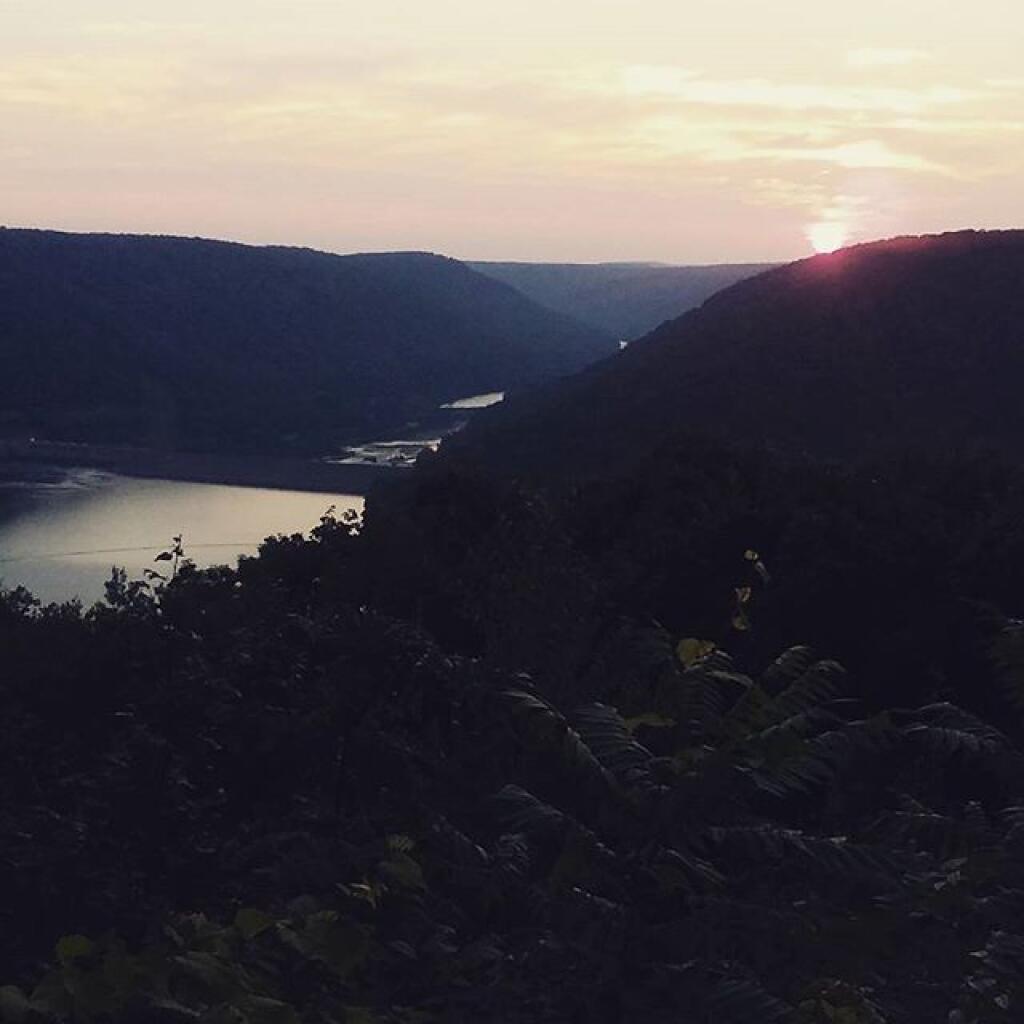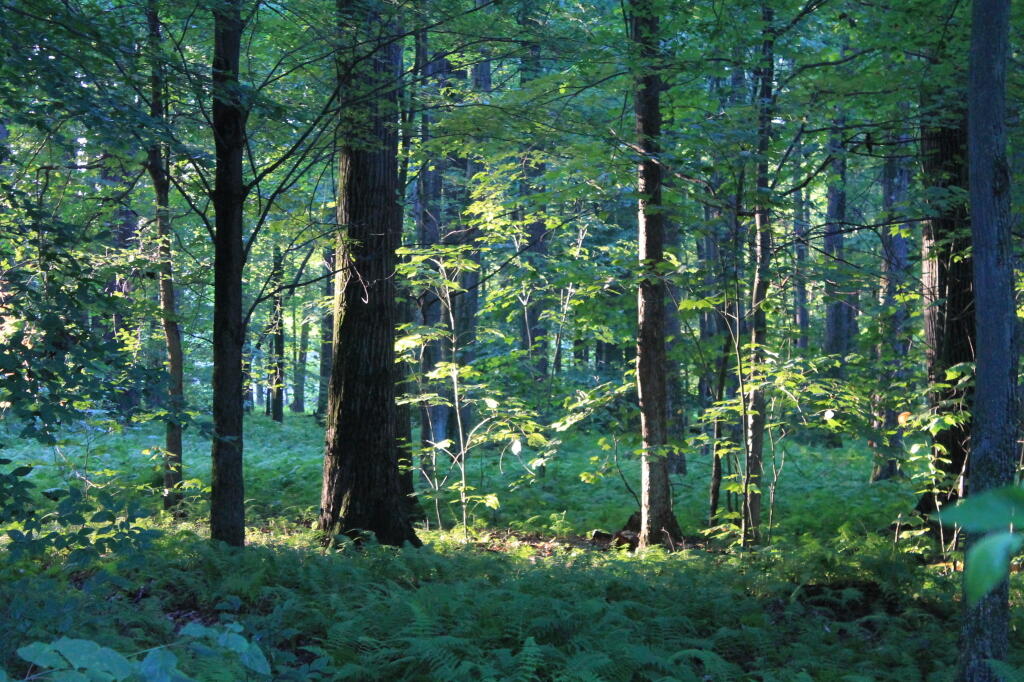Allegheny National Forest
Cornplanter Bridge
Went too quickly
Lake Perfidy
Mr. Cornplanter can you swim?
Cornplanter Bridge
Morning’s First Light
On breakaway day to head back to Albany.
Taken on Sunday July 29, 2012 at Allegheny National Forest.Allegheny Plateau
A 3D rendering of the elevation of the Allegheny Plateau in Pennsylvania, looking north to New York.




